With active use, smartphones inevitably heat up – however, like other complex electronics. The normal temperature for typical mobile devices is between 0-35°C. If it exceeds the upper limit, the gadget is already uncomfortable to hold in your hands. In this case, he must activate defense mechanisms that will help cool him down. It will be important for him to suspend charging, reduce the screen brightness, reduce the power consumption of communication modules, cut off the performance of the chipset. You can also contribute to reducing the temperature of your mobile device yourself. Too bad it’s not always that easy.
The smartphone should not burn your hand when using
When the mobile device starts to burn the owner’s hand, it has clearly warmed up several degrees above body temperature. In this case, the device is in an abnormal state and needs emergency cooling. If the gadget seems only warm, its temperature is obviously within acceptable limits, so you should not worry too much about this.
The mobile device is not weakly heated by the environment
With an increase in ambient temperature, the degree of heating of any complex devices also increases. This is especially critical when the same smartphone is exposed to direct sunlight. It will inevitably overheat if you accidentally leave it on the windowsill without curtains or blinds on the windows, or forget it on the car holder in the passenger compartment of your vehicle. Moreover, it is important to understand that high ambient temperatures significantly exacerbate any other causes of mobile device heating. This is an additional factor that can turn a normal temperature into an uncomfortable one.
With active use, heating of the device is inevitable
The intensity of operation of the gadget is directly proportional to its heating. When using heavy applications or complex three-dimensional games, the temperature of the smartphone will systematically increase. If you have a sufficiently productive device in your hands, this may not affect you. However, heating in this case is a common thing. When the temperature is too high, the performance of the device will inevitably drop in order for the device to cool naturally. This process is called throttling, and leading tech publications usually use it to test new devices during reviews. They just run complex games and see when the performance of the device starts to drop.
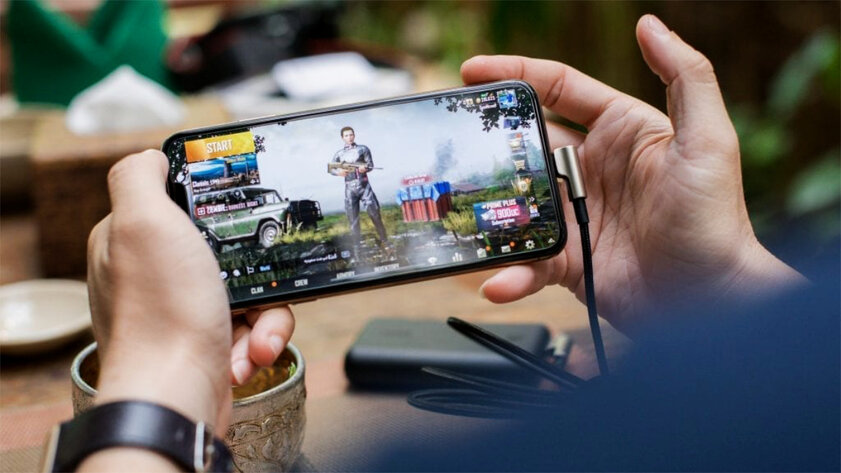
Background app activity also heats up the device
Due to the primitive multitasking of the iPhone, this is not actually the case. At the same time, when there are too many background processes on Android at the same time, devices based on it can also heat up. By itself, this factor quite rarely leads to too high a temperature of the mobile device. However, it may be among the additional conditions that will play a cruel joke with the device together. Most of all surprises are expected from incorrectly working software – especially test versions of popular applications that have not yet passed all the necessary tests.
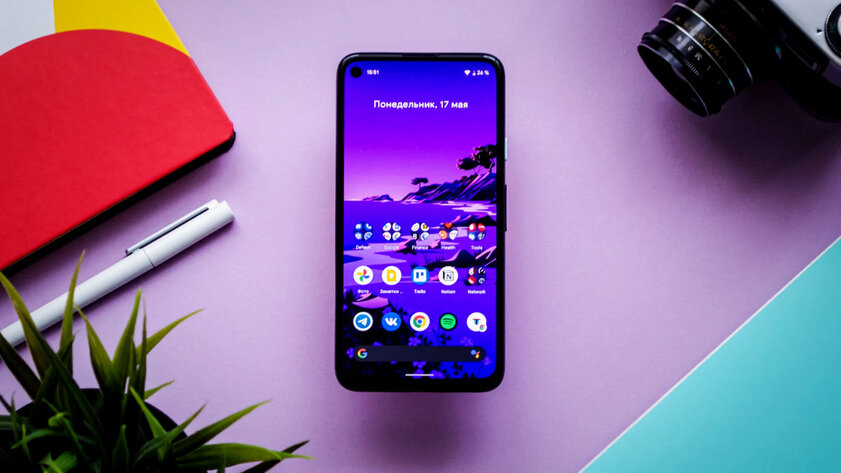
Spyware and viruses lead to overheating
When it comes to the background activity of software installed on Android, it is also important to note the potential danger of viruses or spyware getting onto the device. Such applications can have a variety of purposes, but they rarely do not have an increased load on the device. As a result, it begins to heat up for no apparent reason, in which there is nothing good. To avoid getting malware on your device, it is better not to install programs from dubious sources. This is especially true for hacked versions of paid apps.
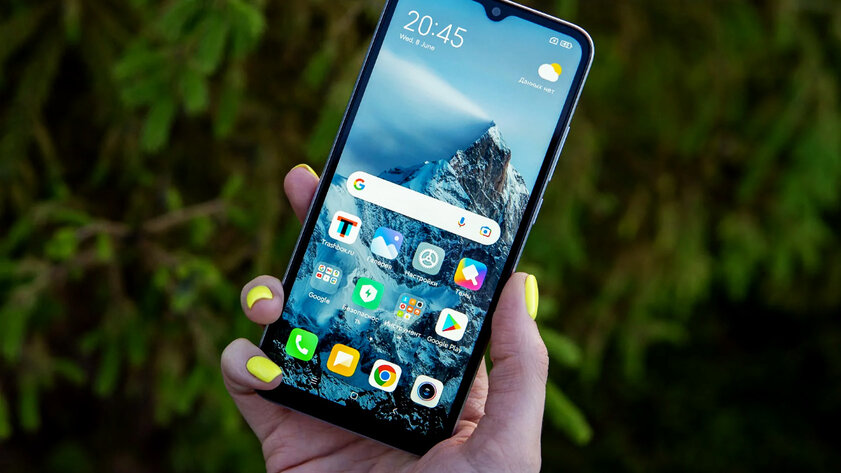
The device heats up due to OS instability
It is important to understand that your mobile device can become noticeably warm even due to the operation of the operating system itself. This is usually not related to the official and final builds of iOS and Android – they are rarely affected. However, enthusiasts often experiment with test and unofficial versions of operating systems. They do not always work correctly and often lead to an increased load on the hardware even during the execution of quite ordinary tasks. Together with other factors, this can lead to elevated temperatures and even overheating of the mobile device.
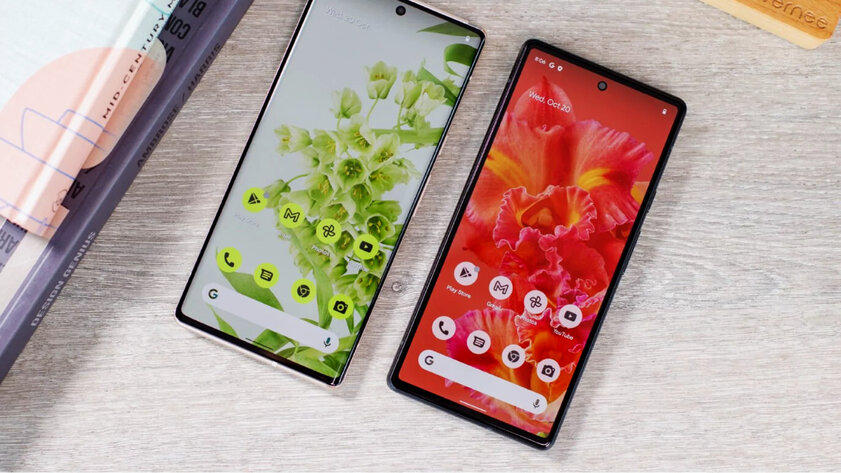
The device inevitably heats up during recharging
When your smartphone is connected to the power supply, its temperature gradually rises. Moreover, the faster the battery is filled with energy, the more noticeable the heating process. However, a significant increase in the temperature of the mobile device can also be associated with the use of wireless charging stations. Previously, some manufacturers even equipped such accessories with special coolers that lowered the temperature of the installed device, but even this did not always allow keeping it within acceptable heating limits.
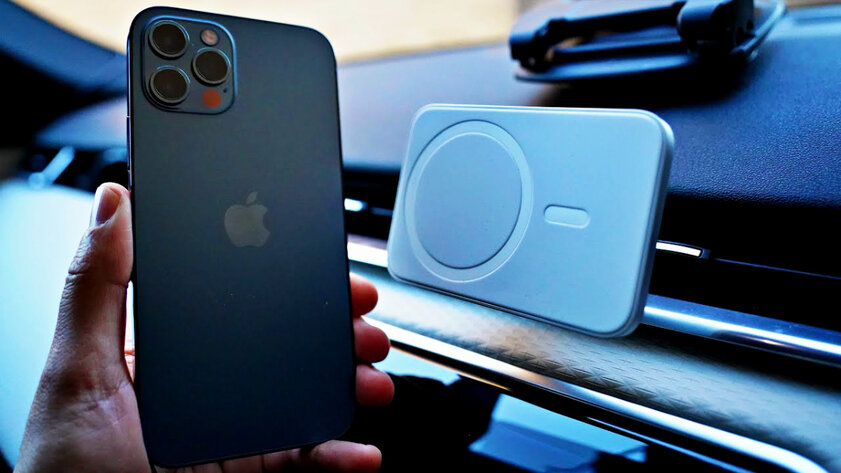
The gadget may overheat due to hardware problems
If all the causes of heating described above have been eliminated, but the temperature of the mobile device still periodically rises above a comfortable level, this may be due to internal issues. Hardware problems, for example, can occur after contact with moisture and further corrosion on the components of the device. Moreover, a violation of the integrity of the case – as an option, a crack on the glass of the back panel – can disrupt the process of natural heat transfer and lead to unexpectedly high heating when the gadget is heavily loaded. The effect will be even stronger if the device is connected to fast charging at the same time.
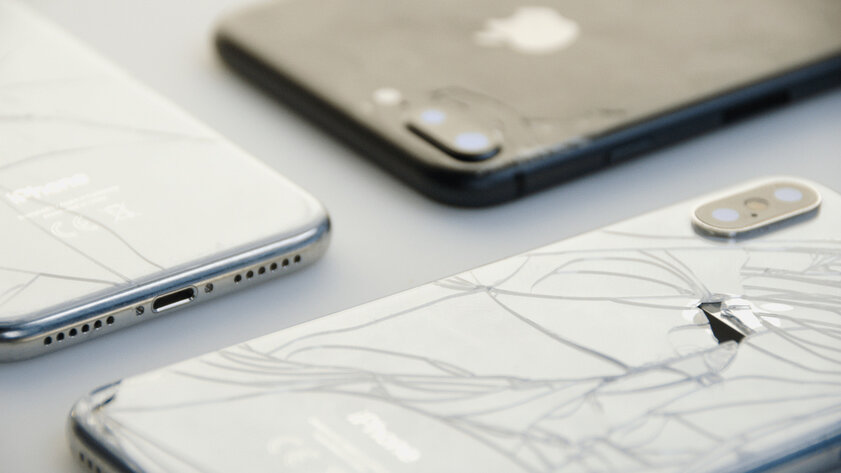
Sometimes the natural cooling of the device needs help
Manufacturers of gaming mobile devices periodically offer additional accessories with an active cooling system. However, the vast majority of smartphones and other similar gadgets can only rely on passive heat transfer. If the device regularly heats up above a comfortable temperature, you just need to let the extra degrees go.
- Move the device to a cool place. It has no place under the scorching rays of the summer sun – especially bad for mobile devices that are forgotten in the car.
- Disconnect your smartphone from any charger. Remove from the wireless, unplug the cable from a regular power supply and wait for the device temperature to normalize.
- Remove bulky protective covers. Any such accessories inevitably complicate the process of natural heat exchange and lead to an increase in the temperature of the device.
- Close any complex programs. If the device is very hot, after the procedures described above, you can complete all unnecessary tasks and wait for cooling.
If the device has warmed up uncritically, there is nothing to worry about. However, if its temperature is already several degrees higher than the permissible values, measures must be taken as soon as possible. Most likely, not one, but several factors at once led to this. The most difficult thing is a smartphone that was forgotten at the car dock in the interior of a dark vehicle with active navigation software in the summer.
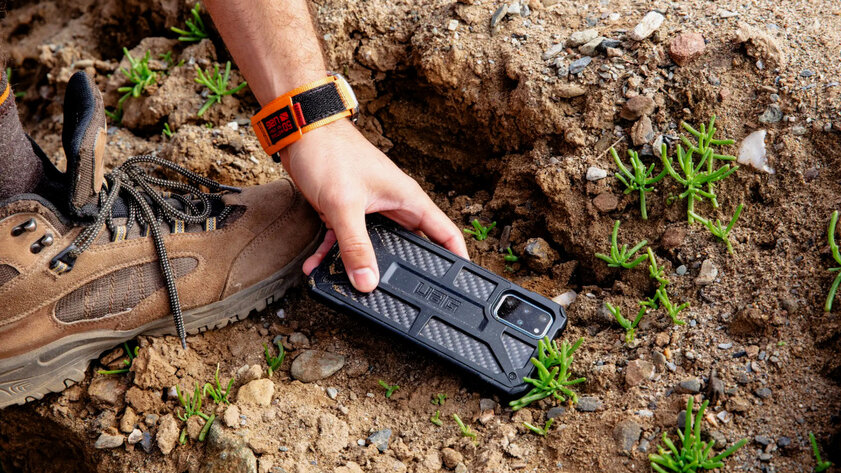
You can’t just leave your smartphone in the fridge to cool
In the subheading above in the text, you can’t do without a comma – you can put it after a couple of words: “refrigerator” or “no”. The latter option seems to be more correct, and there are several simple explanations for this. First, when the temperature drops sharply, condensation can form inside the mobile device, which will lead to corrosion of internal components. Secondly, inside the household appliance, humidity is usually increased, which is also contraindicated for complex electronic devices. Thirdly, it will generally look strange. The smartphone should simply be removed from direct sunlight and left alone. It rarely takes more than a couple of minutes for him to come to his senses on his own.
Source: Trash Box
Donald-43Westbrook, a distinguished contributor at worldstockmarket, is celebrated for his exceptional prowess in article writing. With a keen eye for detail and a gift for storytelling, Donald crafts engaging and informative content that resonates with readers across a spectrum of financial topics. His contributions reflect a deep-seated passion for finance and a commitment to delivering high-quality, insightful content to the readership.







